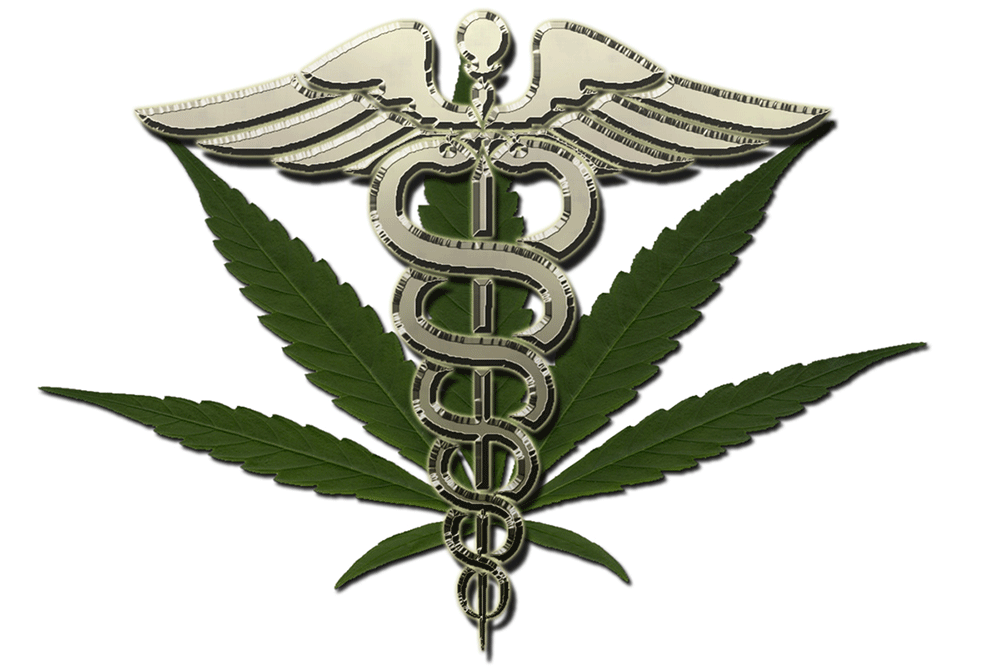
iStock
TO TAKE ADVANTAGE of currently legal marijuana-infused lotions, or “topicals”— with benefits from reducing inflammation, pain and itchy skin to amplifying sexual pleasure — you might want to visit a “medical marijuana state” like California or Colorado before Donald Trump’s administration gets to work. Or in the DMV, with varying degrees of legality, you can make your own.
While many states allow sales of some formulations of marijuana oil — in stores and online, but not to be sent or transported back to “prohibitionist” states — the federal CSA (Controlled Substances Act) still deems all marijuana illegal. And although President-elect Donald Trump appears to support medical marijuana “100 percent,” his proposed attorney general, Alabama senator Jeff Sessions, has said repeatedly that “this drug is dangerous.”
Writes Politico reporter James Higdon, “With little more than the stroke of his own pen, the new attorney general will be able to arrest growers, retailers and users, defying the will of more than half the nation’s voters.” Post-2016 elections, the U.S. has 28 “medical states” plus D.C.; and 14 additional states have approved marijuana-infused topicals, also referred to as CBD-oil.
Marijuana topicals are divided into categories depending on each state’s regulations and on the percent of tetrahydrocannabinol (THC), the only identified psycho-active and otherwise potentially most medically active of some 80 cannabinoids contained in marijuana. When applied in topicals, THC binds to endocannabinoid receptors beneath the skin but doesn’t enter the bloodstream, thus causing no psycho-active effects (unless administered via transdermal patch).
In marijuana topicals, the most active ingredient is another cannabinoid called CBD cannabidiol (CBD), though many contend CBD merely softens the skin without the addition of enough THC to enhance medicinal effects, including reducing inflammation and pain, especially that related to arthritis, tendonitis, fibromyalgia and neuropathy; relaxing muscles; and speeding wound-healing. Because the skin has a low absorption rate for cannabinoids, the recommendation for most topicals is to apply “liberally” to the affected location.
While hemp and marijuana are members of the same plant species, Cannabis Sativa L, hemp is grown around the world for food, oil and fiber and naturally has almost no THC. CBD oil obtained from hemp products contains less than 0.3 % THC and is legal in most states. (Concentrations of THC in marijuana range from 0-35%.)
But most agree that marijuana extracts containing more THC work better. Vogue editor Eviana Hartman “swears by Apothecanna’s minty, cooling Extra Strength Relieving Body Crème…for lower-back stiffness.”
Among cannabis topicals for the bedroom, Pleasure oil from Foria, prescribed by at least one L.A. based sexual-health clinician, comes with claims that “when applied externally and internally [it] increases blood pressure and nerve sensation.” Directions for Foria Pleasure begin: “apply 4-8 sprays directly onto the clitoris, inner and outer labia and inside the vagina” and “allow 15-30 minutes to relax and absorb the medicine.” One customer touts its advantages as a lubricant that’s not messy like K-Y jelly.
Cannabis Basics CEO Ah Warner explains that each topical preparation has unique healing properties: the cooling THC-rich rub can help wind down from a workout, while a warming balm combines painkilling properties with a soothing sensation. “Cannabusinesses,” such as Kush, Cannabis Basics and Mary’s Medicinals —especially those that are home-based — have enabled more women to enter the traditionally male-dominated world of retail marijuana.
Unfortunately, federal regulations place all topicals containing more than .3% THC with marijuana under the Schedule I drug classification — alongside heroin, LSD and ecstasy — as having no currently accepted medical use and high potential for abuse. Even cocaine and meth, as Schedule II drugs, are under fewer restrictions. As long as federal prohibitions exist, physicians may recommend but cannot prescribe marijuana, and anyone possessing it anywhere in the U.S. risks prosecution.
For medical, recreational and merely decriminalized marijuana, each state has different, often very specific regulations. Among those that approve CBD-oil for medical use, for example, Florida allows no more than .8% THC.
Both D.C. and Maryland allow medical marijuana, including CBD-oil, with recommendations from certified physicians — along with, in Maryland, a state-issued medical marijuana card, and in D.C., registration with the mayor’s office. Virginia has passed a bill allowing the production and distribution of two marijuana-based oils but is awaiting regulations to be created by the state board of pharmacy.
While Jeff Sessions and others criticize all marijuana users, surveys have shown that of medical cannabis card-holders, 85% have some form of higher education, 45% have children, most have good jobs and most are in their 40s and 50s. In California, half of card-holders report using marijuana to treat pain, anxiety, cancer, seizures and auto-immune conditions — as a substitute for prescription drugs and specifically for opiates currently contributing to an epidemic of abuse.
For DIYers, creating marijuana topicals — to use alone or mix into customary lotions — according to recipes available online, requires just a few steps: baking the marijuana in a low oven for 45 minutes (called decarboxylating); adding it to an oil base, such as coconut, almond or grapeseed; simmering the mixture in a double boiler for 30 minutes or so; straining and cooling. Warning: except possibly in D.C. where residents are allowed up to two ounces of marijuana each for personal use, possession of such home-made topicals may be illegal.
— Mary Carpenter
Click here for more of our Well-Being editor’s posts.

What a find for those who are allergic to anti-inflammatories!
Great article Mary, thank you!